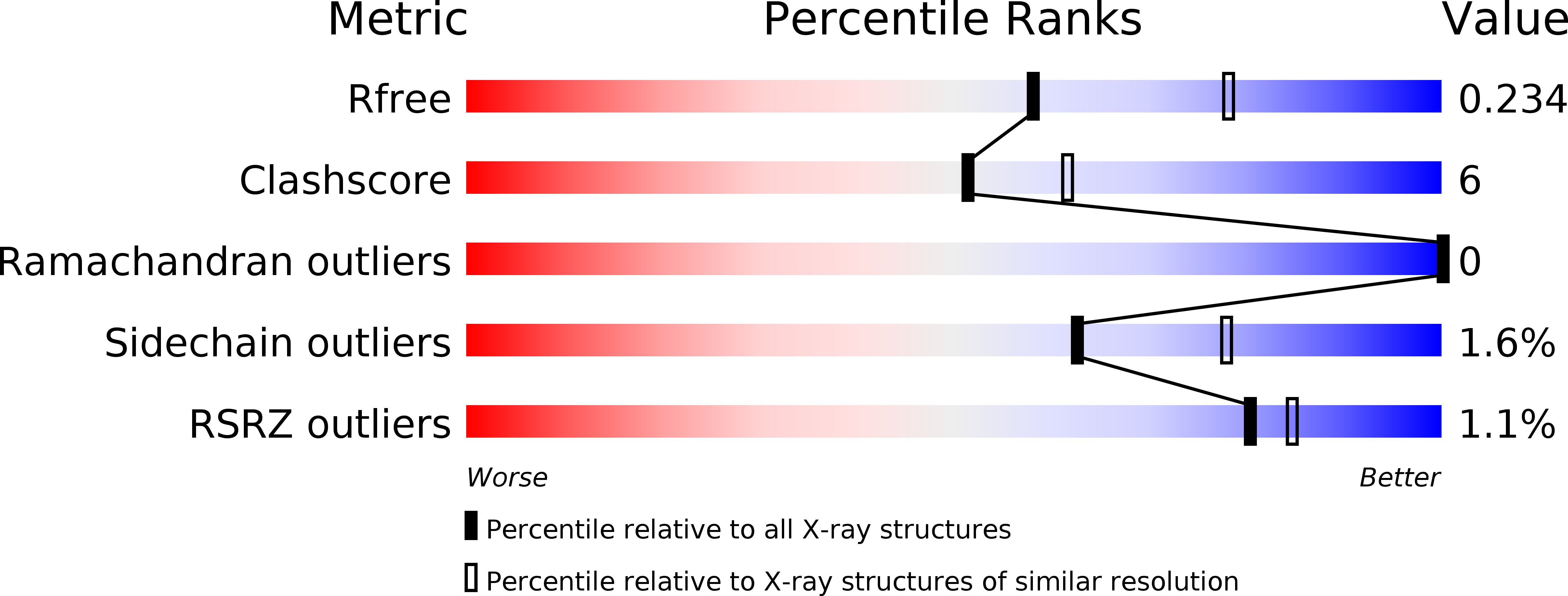
Deposition Date
2015-11-06
Release Date
2016-11-16
Last Version Date
2024-11-20
Method Details:
Experimental Method:
Resolution:
2.30 Å
R-Value Free:
0.23
R-Value Work:
0.16
R-Value Observed:
0.16
Space Group:
P 1 21 1


